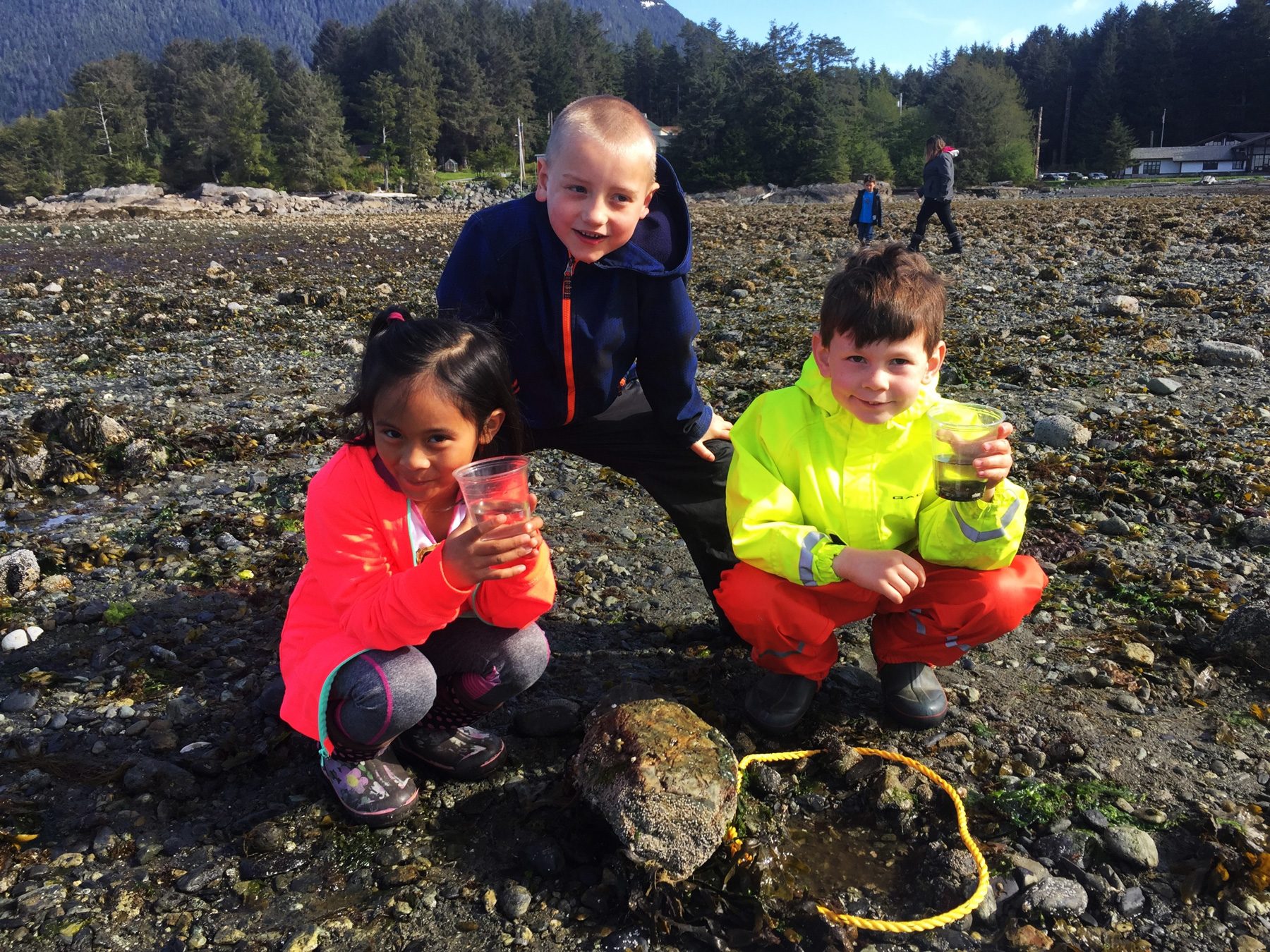
How is “Scientists in the Schools” (SIS) different from scientists in the schools?
“Scientists in the Schools Sitka style” exhibits elements that distinguish our program from the more common “drive-by” style of a guest speaker in the classroom. SIS is:
Connected
Collaboration between teacher, SSSC educators, and scientist determines valid connections to classroom curriculum and culture during the scientist selection process.
Planned
Essential content and learning targets are established before classroom visits. SSSC educators provide guidance and support for the scientist in developing an age-appropriate, impactful learning plan. Scientists and educators practice and refine all aspects of the classroom lessons with the goal that every student has the opportunity to be an active learner.
Authentic
Meaningful scientific tasks form foundation of lessons. Processes are as important as content in planning and implementing the lessons.
Understandable
Successful teaching strategies provide scaffolding of complex ideas and link new scientific knowledge to prior understandings and to other disciplines.
Personal
Scientists deliberately take the time to extend themselves personally to students. Scientists work side-by-side actively with students on scientific tasks rather than delivering information to a passive audience.
Explore at home
Place-based learning is emphasized. Each unit includes local ecological concepts, experiences, and concerns.
Purposeful
Environmental, community, and cultural ethics are woven within each lesson. Students are encouraged to consider extensions into citizen science, work experience, independent research, and community involvement appropriate to age and interest.
